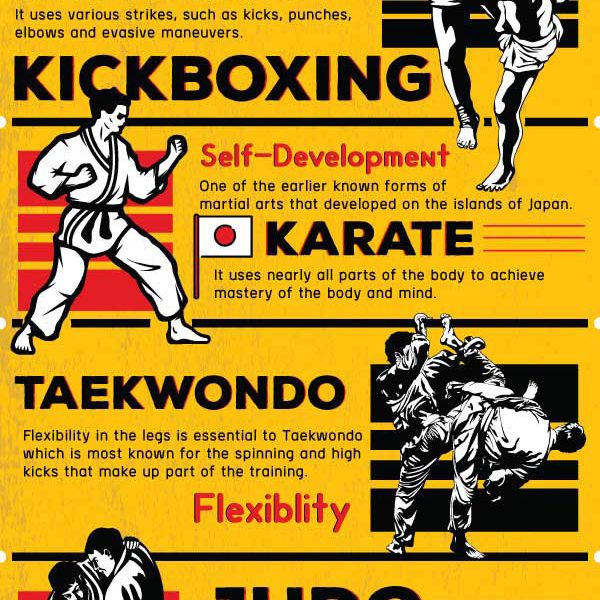The Principles And Importance Of Taekwondo Types
The Principles And Importance Of Taekwondo Types
Blog Article
Composed By-Hahn Bradshaw
Did you recognize that there are over 20 different taekwondo types, each with its very own unique sequence of motions and techniques? These types, additionally referred to as poomsae, play a crucial function in the practice and development of taekwondo experts.
Yet what exactly are these types, and why are they so considerable? In this discussion, we will certainly check out the fundamentals of taekwondo forms, their beginnings, and the key elements that make them an important part of this fighting style.
Whether you're a beginner or an experienced practitioner, understanding the value of taekwondo kinds will certainly grow your gratitude for this ancient practice and improve your trip in the direction of mastery.
Beginnings and Evolution
The beginnings and development of Taekwondo can be mapped back to ancient fighting styles practices in Korea. It was developed over 2,000 years back and has actually because turned into a popular and worldwide recognized sport.
Taekwondo was greatly affected by different Korean martial arts designs, such as Taekkyon and Subak, along with Chinese martial arts. It was originally made use of as a means of protection, yet in time, it progressed right into an affordable sport that focuses on striking techniques and high kicks.
In read more , Taekwondo undertook a substantial transformation and was standard right into its modern form. The Korea Taekwondo Association played a critical function in this process, aiding to develop regulations, strategies, and forms that are still adhered to today.
Key Elements and Techniques
Now let's check out the basic elements and techniques of Taekwondo. To completely understand the key elements and methods, it's important to dig much deeper into the following subtopics:
- Positions: Taekwondo stresses the proper use of stances, such as the front position, back position, and steed stance. These stances offer stability, balance, and power in carrying out various methods.
- Strikes and Kicks: Taekwondo is renowned for its powerful and vibrant kicks, consisting of the front kick, roundhouse kick, and side kick. Strikes, such as strikes and knifehand strikes, are likewise vital methods in Taekwondo.
- Blocks and Defense: Reliable protection is crucial in Taekwondo. Blocks, such as the high block and low block, are utilized to safeguard against inbound strikes. Correct timing and positioning are crucial to efficiently protecting oneself.
Benefits and Influence
Among the substantial benefits of practicing Taekwondo is the renovation of physical fitness and overall well-being. By engaging in regular training sessions, you can improve your cardio health, strength, flexibility, and endurance. Taekwondo includes a range of activities that target various muscle teams, aiding you construct a solid and toned figure.
In addition, this fighting style advertises mental health by minimizing stress and anxiety degrees. The technique and emphasis needed in practicing Taekwondo can assist boost your focus and enhance your capacity to manage challenging situations.
Furthermore, the practice of Taekwondo instills a sense of confidence, self-discipline, and self-constraint, which can positively impact various locations of your life. Overall, practicing Taekwondo can cause a healthier and extra well balanced lifestyle.
Conclusion
So there you have it! Taekwondo kinds aren't simply simple regimens, however a representation of the rich background and advancement of this martial art. By understanding korean martial arts and methods, experts can enjoy countless physical and psychological advantages.
From enhanced versatility and strength to enhanced emphasis and discipline, taekwondo forms have a long lasting impact on those that practice them.
So, whether you're a newbie or a knowledgeable martial musician, accept the power of these forms and let them take you on a journey via time.
